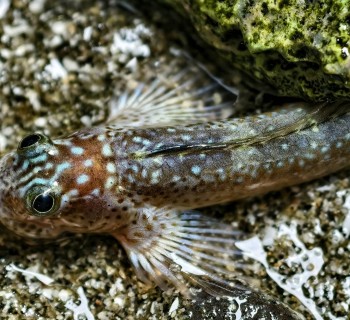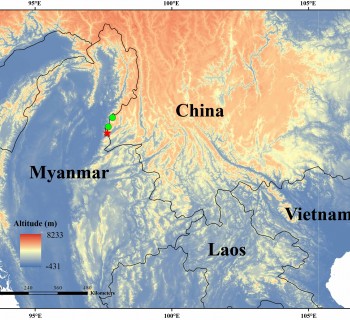|
2007-07-19<br/> Michigan, 1997<br/> Photograph by Jay Dickman<br/> Decades later, a tree-stump forest still looks as Ernest Hemingway described it in his short story "Big Two-Hearted River." The trees were felled for lumber in the late 1800s, then the stumps charred black by brush fires. The numerous lichens, however, mirror the area's resilience: Trout-rich rivers and stands of birch, aspen, and maple continue to thrive. <br/> (Text adapted from and photo shot on assignment for, but not published in, "Hemingway's Many Hearted Fox River," June 1997, National Geographic magazine) <br/> <br/> 十年过去了,这片遍地树桩的森林看上去仍是欧内斯特·海明威在他的短篇小说《大双心河》中所描述的那样。十九世纪末期,这些树木为获得木料而遭到砍伐,后来的森林大火将树桩烧成了黑色。转载翻译部分请注明天涯东方猪。这里长着大量的地衣类植物,也反映出此地的恢复情况:富含鲑鱼的河流,以及白桦,杨树和枫树等树群都不断的变得兴旺茂盛。<br/> |
 “斑鲑脂鲤属(Salmmaculosus)”98 人气#大杂烩
“斑鲑脂鲤属(Salmmaculosus)”98 人气#大杂烩 发发最近养的鱼295 人气#大杂烩
发发最近养的鱼295 人气#大杂烩 2025年高黎贡山第4个新种——铜壁关角蟾 Xenophrys tongbiguanensis96 人气#两栖
2025年高黎贡山第4个新种——铜壁关角蟾 Xenophrys tongbiguanensis96 人气#两栖 豆包AI:梵高风画作0 人气#生态画板
豆包AI:梵高风画作0 人气#生态画板